What is Adobe Photoshop Lightroom?
Post-processing is an unavoidable, inseparable part of professional photography today, be it photojournalism or fashion photography. Because of that, choosing the right software tool for post-processing your work efficiently is as important as having the right camera and lens combination for the job. It is no surprise that demand for such flexible and powerful software is met with some serious contenders. One of such contenders comes courtesy of Adobe, a software development company best known for its powerful graphics tool Photoshop. Nowadays Photoshop is widely used by photographers (hence the term “to photoshop” applied to almost any sort of image editing), but it is not intended strictly for photographers – it has a much broader user appeal. For photographers, Adobe has developed a somewhat different piece of software called Adobe Photoshop Lightroom. As the name suggests, Photoshop blood runs in the family, but Lightroom is vastly different from its bigger brother. In this article, I will explain what Adobe Photoshop Lightroom is and why it’s such a great choice for aspiring photographers.
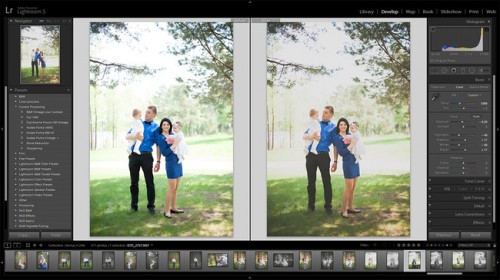
The first thing I ought to say about Lightroom is that it’s basically a RAW converter. But for someone new to Lightroom, software and digital cameras in general, the statement is hardly informative. That is why before we dive into Lightroom, it’s best to talk about RAW file format and what a RAW converter is. Don’t worry, it may sound a little complicated, but it is all actually rather simple to grasp.
1.1) What is a RAW File?
RAW image file is also known as digital negative and this title can give you a pretty good hint. Simply put, RAW file is information gathered directly from a camera’s image sensor without any sort of digital adjustment. In order to photograph in RAW format, you need to set it in your camera settings (even some point-and-shoot compact cameras have such a feature). Usually you can find it among image quality settings in camera menu.
RAW isn’t an actual file extension, so there are no *.raw files. Different manufacturers use different file extensions. Nikon has *.nef, Canon uses *.cr2, Fujifilm has *.raf and Adobe has the widely popular *.dng format. DNG is universal and can “store” any other file format inside it. This reminds me – you can read more about DNG files here. Once you’ve done that, let’s get back to explaining what makes RAW so special.
The key word here is information, because RAW files are not images, they are descriptions. RAW files need to be decoded by specific software or codecs to be viewed as actual photographs. Why so complex? Why not a simple JPEG image file? You can read our in-depth RAW vs JPEG article for more detail, but in short, RAW files carry a lot more information inside them and are more flexible than JPEG images. More information means a little bit more resolution and lots more dynamic range (color information and detail hidden in dark and light portions of an image). Flexibility means taking control into your hands. How? Well, instead of allowing your camera to choose how much sharpening, noise reduction, contrast, saturation, etc., to apply to a photograph you just captured, you make those decisions yourself. It’s simple – just tweak those flat-looking RAW files exactly how you want and convert them to JPEG images. Which brings us to…
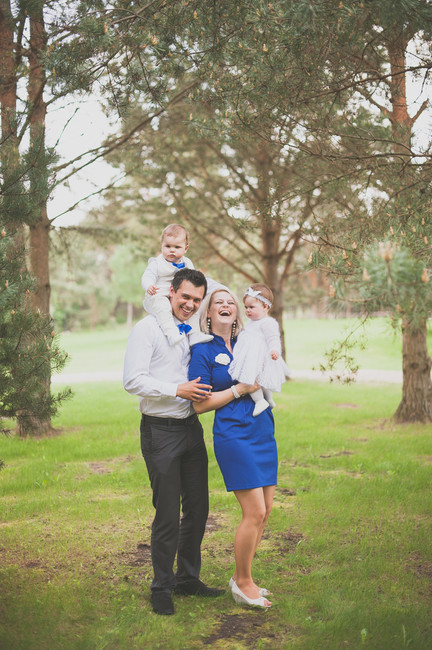
As you may have already understood, a RAW converter is a program that, first of all, decodes the information stored within the file so that you can see it as an image. Secondly, it allows you to tweak the RAW file, manipulate all the information stored within it and save it as a simple graphical image file, such as JPEG.
A side note: You may also have noticed that even after you’ve set your camera to RAW file format, you can still see the image on your camera’s LCD screen no problem. Moreover, it’s not “flat” at all, but has quite vivid colors and decent contrast. That’s because often a RAW file has a JPEG preview stored inside so that you can view it quickly on the back of your camera.
2) What is Adobe Photoshop Lightroom?
Adobe Photoshop Lightroom (which I will simply call Lightroom or LR) is such a converter, simple as that. However, in addition to providing basic functionality of a basic RAW converter, Adobe has built Lightroom to be the only post-processing application many photographers will need nine times out of ten (tenth being extensive and complex manipulation). With each new version, Lightroom gains more and more new features. These features allow photographers to use it from start to finish. So if you plan to make a photo album, Lightroom has that functionality. With all its tools and no-nonsense user interface, Lightroom lets one organize, post-process, print and share photographs, all in one environment. Lightroom’s party piece is its focus on speed when working with multiple images (think hundreds or even thousands). This is made easier by the simple process of copying and pasting all of the available adjustments. Another neat feature is none-destructive editing. It helps make sure original files remain intact and allows you to tweak, set or cancel any adjustments at any time. Such sophistication makes it pretty special for aspiring photographers.
Who is Lightroom for? Well, if you’re the kind of person who takes a lot of images, particularly, but not exclusively, in RAW format, Lightroom may just be right for you. It’s very good for photographers with professional aspirations. It’s also good if you just want better control over the look of your images. Doesn’t even matter if you only photograph your family and friends as long as you keep in mind that Lightroom is a professional tool for photographers. That means there’s quite a steep learning curve. It is very much worth it in the end, mind you. Also, Lightroom is not good for any sort of graphical work as you will not find any brushes or pencils here.
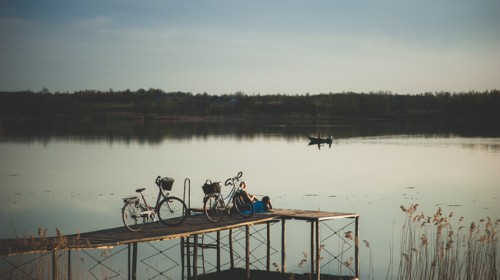
3) Compared to Photoshop and Photoshop Elements
So Lightroom is basically there to help you make your images look good. Adobe makes at least two other programs with the same basic goal. What makes Lightroom different from its siblings, Photoshop and Photoshop Elements? We have compared Lightroom to Photoshop and also wrote an article on Lightroom vs Photoshop Elements, so if you want more in-depth explanation, it’s best if you read them.
If I were to answer this question with just a few sentences, I’d start off by saying these three programs are remarkably similar in their capability. Photoshop has a RAW converter plug-in that Lightroom is based on, for example (called Adobe Camera RAW). However, its capabilities extend far beyond those a photographer would need. Photoshop is an extremely powerful piece of software with virtually unlimited capabilities when it comes to any sort of graphical editing. In fact, photographers probably make up only a fraction of the whole professional user base that choose to use Photoshop either for their business or personal projects. Photoshop has a downside to its flexibility, however. The sheer number of features and tools means it’s too complicated and cumbersome for regular post-processing. It’s not great for working with multiple images simultaneously, either. What’s more, Photoshop lacks organizing features that Lightroom offers.
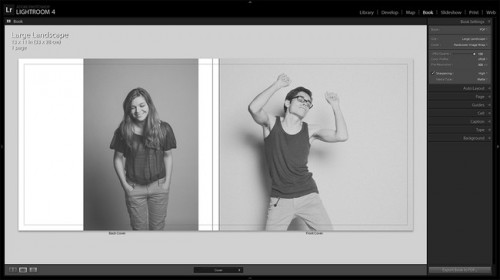
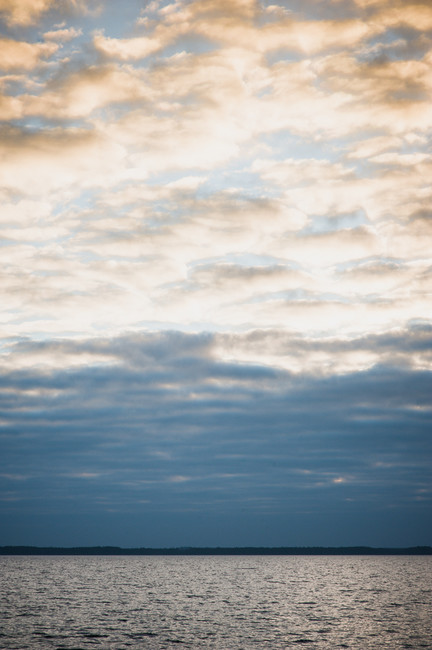
Adobe Photoshop Lightroom is not the only sophisticated RAW converter available – there are quite a few alternatives. Apple Mac OS users can enjoy Aperture, which is actually quite similar to Lightroom, but is platform-limited. If you’re a Windows user, you can use Phase One’s Capture One software. I hear it’s especially good for studio photographers, though haven’t had the chance to use it myself yet. Then there’s DxO Optics Pro. DxO is a very scientific developer. Consequently, their software is probably very precise and capable when it comes to correcting lens flaws, for example. Finally, there’s Silkypix. A separate converter based on Silkypix comes with Fujifilm X-Trans sensor cameras, such as X-Pro1. It’s reasonable to expect Silkypix to offer very good X-Trans sensor RAW file support (these RAW files are slightly different to RAW files from other cameras due to different image sensor structure and decoding algorithms).



.gif)





